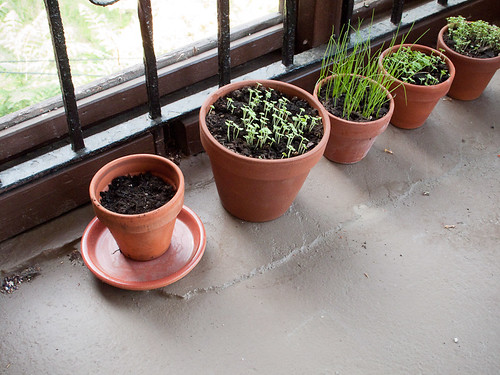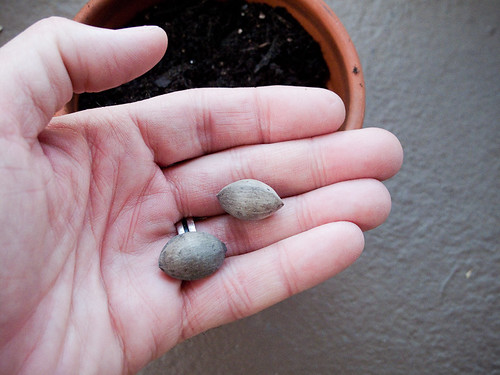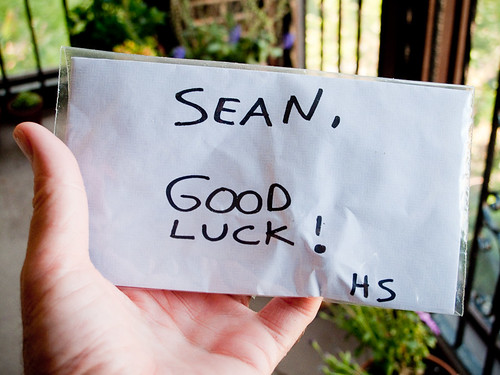Ginko and Hope
I'm up again. Third try. Hiroshi's ginko seeds are in the dirt this week.
A favorite project from this past year is Hiroshi Sunairi's Tree Project. I've documented two previous attempts at growing a seed from the hibaku trees in Hiroshima -- the trees that survived the atomic bomb. Unfortunately, both of those attempts ended badly (view those posts by clicking on the keyword "tree project").
But with Hiroshi's encouragement, I'm going for another attempt. This time I've planted ginko seeds.
There are many reasons why this project appeals to me so much. I like the idea of new life generating from the ashes of the bomb site. I also like the idea of nurturing and relationality that is inherent to participation. As well, especially with these seeds, I like the memories that resurface and reconnect me to my South Korean childhood—in the backyard grew a centuries' old ginko that, according to legend, the young emperor played beneath. (The legend, by the way, might have been invented by my parents, but it seemed plausible at the time—that tree was so obviously ancient....and TokSu Palace was just a few blocks from our front gate.)
Another reason Hiroshi's project appeals to me is because it brings the opportunity for an engaged meditation on the practice of photography. In my mind I see the photograph of the ginko that will be transplanted on the hill behind our house on Staten Island, some day. Next to it I see an image of the tree I played beneath as a child. Next to both of them, stretching to an infinity, I see a lineage of ginko evolution: new seeds, golden leaves, knurled roots, and spreading branches against the sky.
In class I've encouraged this line: an image is not a picture until you decide to make it one. By extension, a photograph is a particular kind of picture — one made from the image produced inside the camera obscurra.
These different definitions feel important to me, though in daily use, obviously, we mix them up all the time. Image/Picture/Photograph. Each word can mean the other. Usually we understand each other well enough...so why make the distinction?
For me, for my practice as an artist, as a photographer, I have to continually remind myself that what I do when I make a picture is an exercise of my willful imagination. There are no predetermined rules. No taken-for-granted absolutes. A picture is made when I decide to act. Pictures don't just happen.
Images, on the other hand, flit into existence without order, without being asked, unpredictably. Like a roiling current, like a rocket ship, like a roller coaster — my mind catches images constantly, and then releases them to fantasy. The rush of clarity and subsequent obscurity wakes me up and steals my breath, keeps me attentive, reminds me of loss.
Inevitably, this process of seeing and forgetting awakens desire to hold on to something, to make it real. That's when it's time to make a picture. To a greater or lesser extent, the desire for the picture results from the desire to forestall the passage of time.
Planting ginko seeds is the opposite. Instead of the futile egoism of trying to stop time, I'm engaged with a forward looking action that, I hope, will result in the reality of a tree. That's the difference — a kind of hope. Hope in the future blossoming of an action taken in the present.
My ginko tree presents a strong image, but it can't be pictured, yet. I hope it will be. The photographs I'm making now are driven by that hope.
For more on this line of thought about the differences between images and pictures, see WJT Mitchell's What Do Pictures Want?, a collection of essays on visual culture and the way behavior is influenced by pictures. As well, I've written about it previously in this post here.



Comments